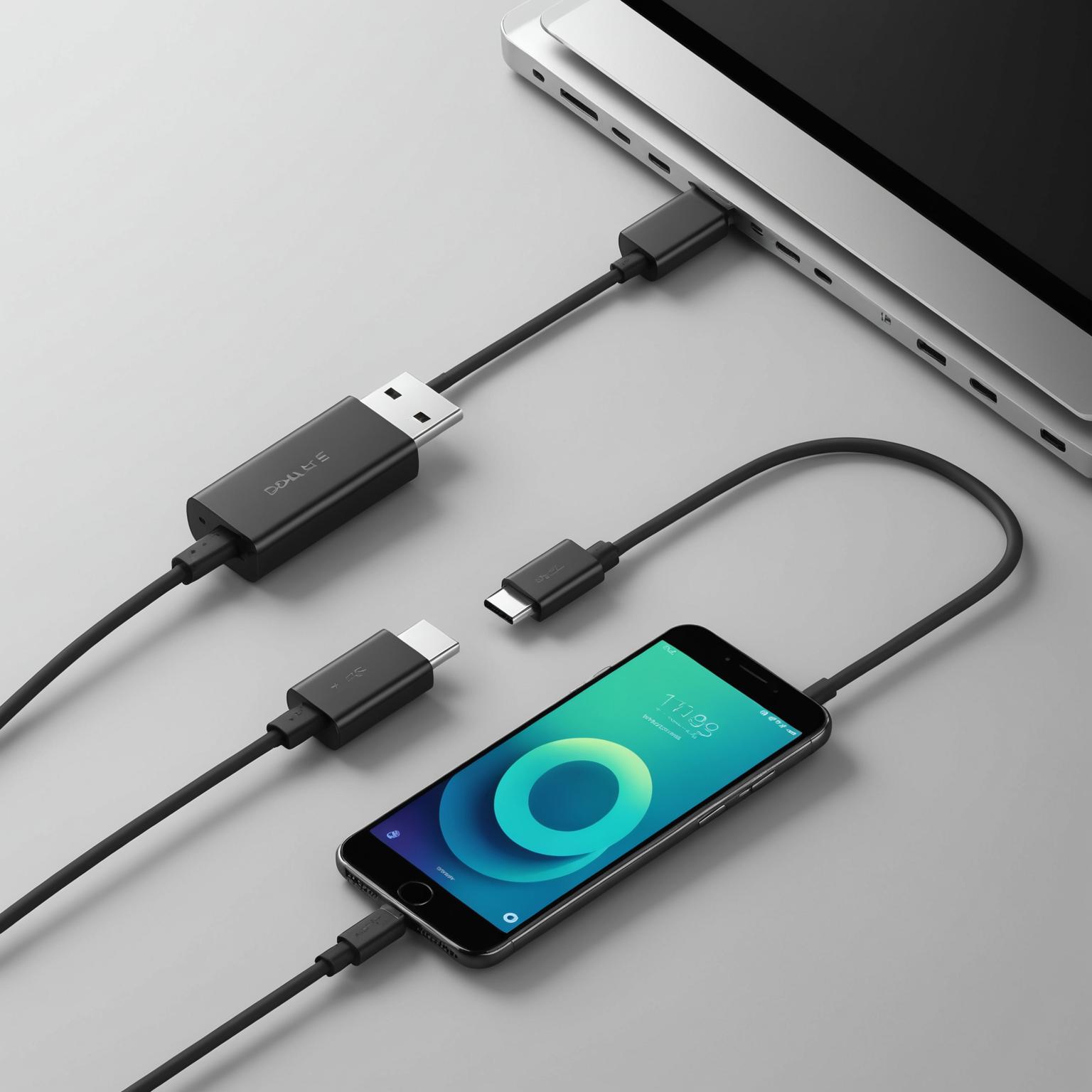This is our independent website, you can check out our products.https://pjcases.com
In today’s fast-paced digital world, the transition to a more unified and powerful connection standard is well underway, with USB-C at the forefront. As new laptops, smartphones, and tablets increasingly adopt this versatile port, consumers are faced with a choice: fully embrace the new standard with a native type-c data cable or bridge the gap with an adapter. Understanding the key differences between a dedicated USB-C cable and a type-c to USB adapter is crucial for optimizing your device’s performance and ensuring you have the right tool for the job. This decision impacts everything from charging speed to data transfer rates, defining your daily tech experience.

The Case for the Native USB-C Cable
A native USB-C cable, which features the USB-C connector on both ends, represents the gold standard for modern connectivity. Its primary advantage lies in its ability to unlock the full potential of the USB-C port. These cables are designed to support higher power delivery (PD) protocols, enabling significantly faster charging times for compatible devices compared to older USB standards. Furthermore, a high-quality USB-C cable can facilitate blistering data transfer speeds, making it ideal for moving large files like 4K videos or extensive photo libraries in seconds, not minutes. The reversible nature of the connector adds a layer of convenience, eliminating the frustration of trying to plug it in the right way. For those invested in a futuristic and efficient workspace, like our Ultimate Charging Station Collection, a robust and well-designed USB-C cable is the cornerstone of a powerful, high-speed setup.
When a Type-C to USB Adapter Makes Sense
While a native cable is superior for performance, the type-c to USB adapter serves an invaluable role as a transitional tool. Its main purpose is to provide backward compatibility, allowing your new USB-C-equipped devices to connect with a vast ecosystem of older peripherals that use the traditional USB-A port. This includes everything from legacy hard drives and flash drives to keyboards, mice, and charging bricks you already own. Using a type-c to USB adapter is a cost-effective and practical solution that prevents you from having to replace all your existing accessories at once. It’s the perfect accessory for travel or for situations where you might need to connect to a wider variety of devices and power sources, offering flexibility when you need it most.
Performance vs. Convenience: A Direct Comparison
When you place a native type-c data cable and an adapter side-by-side, the fundamental trade-off becomes clear: peak performance versus universal convenience. The native cable guarantees that you are not creating a bottleneck; you get the maximum charging speed and data throughput that your devices can handle. It is the choice for power users and anyone who prioritizes efficiency. The adapter, on the other hand, is the champion of convenience and compatibility. While it will limit performance to the capabilities of the older USB-A standard it’s connected to, it ensures you’re never left unable to connect. For example, charging a new smartphone with an adapter and an old USB-A wall brick will be slower than using a full USB-C to C setup with a PD-enabled charger.
Choosing the Right Connection for Your Needs
Ultimately, the choice between a dedicated cable and an adapter isn’t about which one is definitively better, but which is right for the specific task. For your primary charging and data syncing at home or in the office, a high-quality type-c data cable is the clear winner for ensuring speed and future-proofing your setup. However, a compact and reliable type-c to USB adapter is an essential item to have in your bag for on-the-go compatibility. A truly complete tech arsenal, like the one envisioned with our charging collection, includes both: premium cables for optimal performance with your main devices and versatile adapters to bridge the gap with the rest of the world. As technology continues to march forward, the adapter’s role will diminish, but for now, it remains a crucial and practical accessory.
